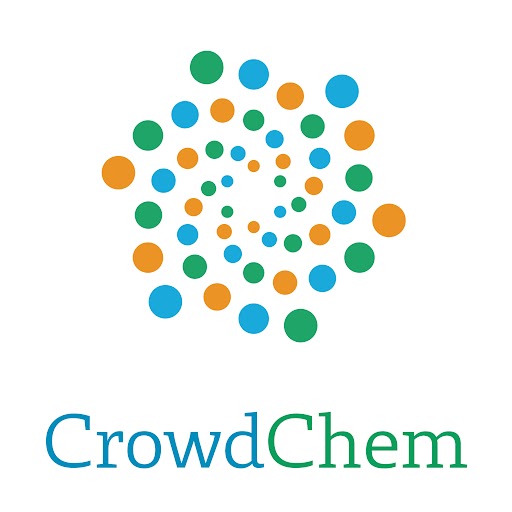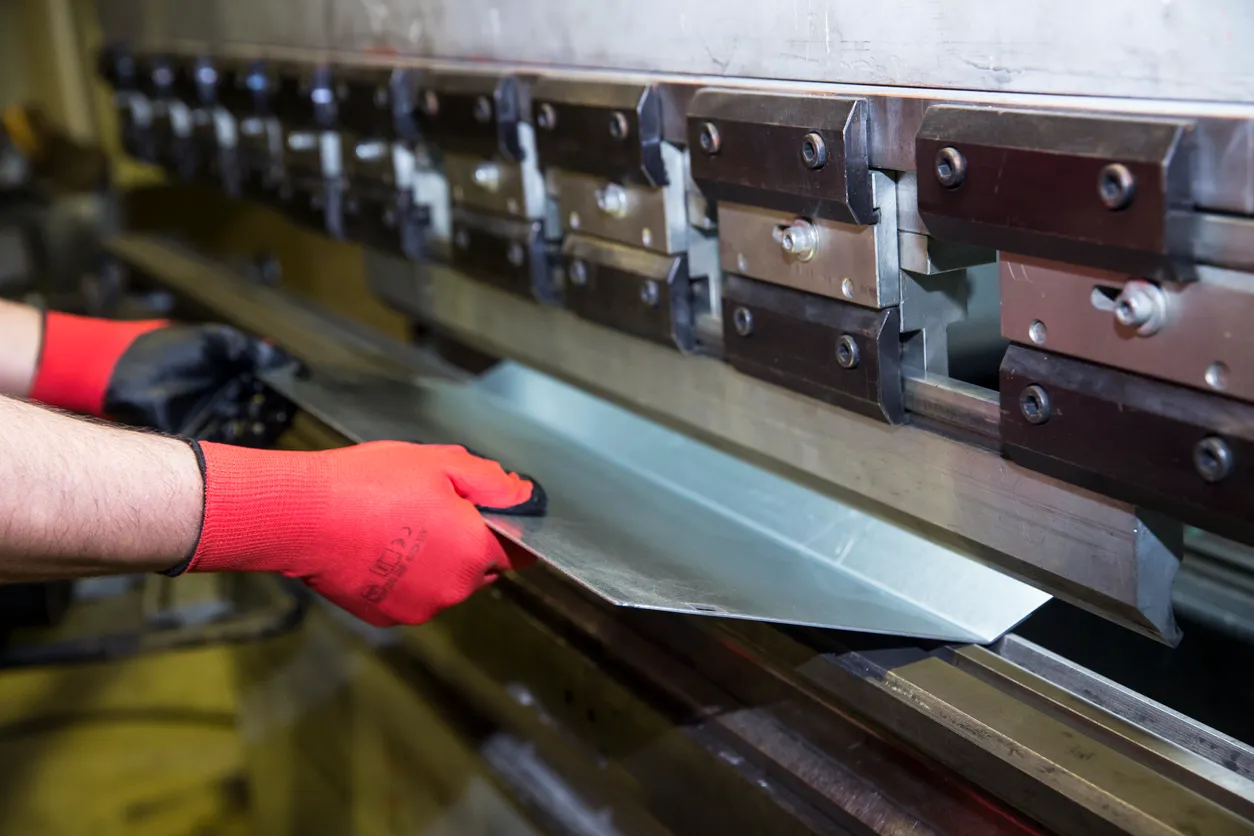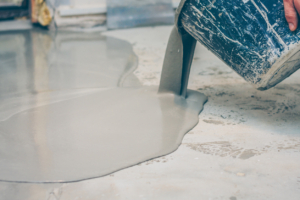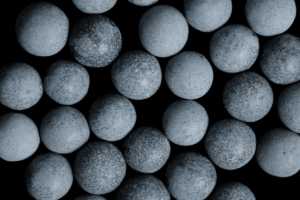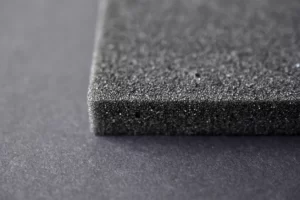The term “bending strength” refers to the strength at which a material breaks when both ends are fixed, and a load is applied to the center.
Bending strength is determined by the inherent strength of the material, such as plastic, concrete, or metal, as well as its processed shape. Knowing the bending strength of a material accurately allows for the design of high-strength, durable products.
This article explains the relationship between compressive and tensile stress in bending strength, applications, and measurement methods.
What is Bending Strength?

Bending strength, also known as flexural strength, refers to the maximum stress a material withstands before it yields in a bending/flexure test. In this test, both ends of the material are fixed; a load is then applied to test the material’s strength before it yields and bends.
When the bending strength is high, it is considered to have high toughness. The energy applied until the material bends is called the flexural energy while the displacement at that time is called the maximum deflection. The larger these values are, the higher the toughness is considered to be.

Bending strength (σ) has the following relationship with the load (F), the distance between supports (L), the width of the material piece (b), and the thickness of the material (h).
The unit used for bending strength is MPa (megapascals).
σ=3FL/2bh2
Compressive Stress and Tensile Stress
When a load is applied to bend the material, the material experiences a variety of stress across its whole length. The diagram below illustrates the stress distribution when force is applied from bottom to top of the material. The concave surfaces, which are bent inward due to the applied force, experience compressive stress, while the convex surfaces, which are bent outward, experience tensile stress.

As demonstrated above, the stress gradually increases as you move away from the center of the material towards the surface, reaching their maximum values at the outermost surfaces. On the inside of the bend, it will experience maximum compressive stress while on the outside of the bend, it will experience maximum tensile stress.
Designing based on the maximum stress of the material is extremely important as product designs that exceed the maximum stress of the material cannot guarantee strength and durability.
Applications of Bending Strength
The applications of bending strength are vast and numerous; this includes material strength design, performance evaluation, and durability assessment.
In one instance, Aichi Institute of Technology detailed an analysis on the relationship between bending strength and microstructures in a report on bending strength of commercially available porcelain tableware.
Furthermore, research from universities like the University of Electro-Communications discuss the dynamics between surface polishing/grinding and its effect on the bending strength of aluminum oxide (Al2O3) and silicon nitride (Si3N4) ceramics at different temperature conditions.
In materials such as plastics, metals, wood, and paper, bending strength provides significant insights on the material’s strength and toughness, which help in the development of its applications in different products and industries.
Measurement Methods for Bending Strength
There are two methods for measuring the bending strength of a material: the 3-point bending test and the 4-point bending test, commonly used with materials such as plastics, metals, and ceramics.
In the 3-point bending test, the material is supported at two points at its ends while a load is applied at the center point for measurement. The advantage of the 3-point bending test lies in its relatively simple setup. However, it is more susceptible to influences from the shape of the specimen and may not be suitable for understanding the universal properties of materials as defects near the support points do not significantly affect the measured bending strength.
On the other hand, the 4-point bending test involves supporting the material at two points at its ends while applying loads at two equally spaced points along its length for measurement. The 4-point bending test is optimal for determining quantitative material properties due to the two load points spreading the bending moment over a larger portion of the material. The standardized methods for measuring bending strength are specified by these Japanese Industrial Standards: JIS K7171 and JIS K7017.
The standard method of measuring bending strength using the secant method involves plotting load-deflection or stress-strain curves and calculating the bending strength from the stress gradients over specified strain ranges (0.05% and 0.25%), following prescribed guidelines in the method.
Conclusion
In this article, we have given a brief rundown on bending strength, which quantifies the degree of material toughness by applying a load at the center of a material fixed at two points. A higher bending strength indicates greater toughness, reflecting a material’s resistance to fracture; absorbing the energy being applied and deform without yielding, making it less prone to breaking.
Bending strength is measured to gain a good indication of the strength and toughness of materials and products. Applications wherein the material’s primary function is to absorb the force applied and to plastically deform, but not yield, will benefit from high values of bending strength.
The Japanese Industrial Standards specify rigorous measurement methods and analytical techniques as standard evaluation methods for mechanical properties (bending strength included) to ensure the accuracy and reliability of material property testing of researchers and product developers alike.
CrowdChem Corporation has launched the “CrowdChem Data Platform,” which provides insights and in-depth knowledge in the field of chemistry, including catalog information of products with high bending strength, additives that improve it, as well as patent information associated with those products.
Some features are available for free, so please take advantage of them.
You can try out the “CrowdChem Data Platform” free trial here. For more details about CrowdChem Corporation, click here.
